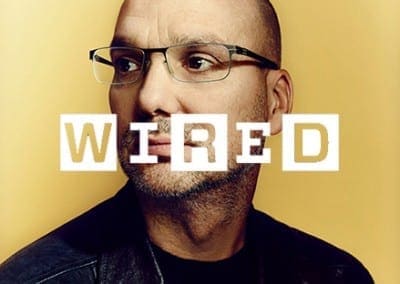
A COUPLE OF years ago, Andy Rubin—the celebrated creator of Android and until recently the head of Google’s mobile Internet efforts—helped his wife, Rie, build a bakery in a decommissioned train station in Los Altos, California. They called it Voyageur du Temps, French for time traveler. As the name suggests, the bakery conveys visitors to an earlier era—by painstakingly re-creating the flavors and textures of classic European pastry. To pull this off, the Rubins went so far as to hire chefs from Japan, where traditional baking techniques are rigorously studied, and to purchase a rare Bongard Cervap oven, one of only two on the West Coast.
The project was typical Rubin, in that it involved throwing an almost comical amount of money, energy, and engineering talent at a hobby, just for the fun of it. But it was also atypical Rubin, in that he usually marshals such resources to build artifacts from the future—like the robotic arm and the retinal scanner he’s installed in his house. Even at his backward-looking bakery, Rubin couldn’t resist adding some forward-leaning touches. He hand-coded the point-of-sale system. He began writing software for a “closed cash” device that could receive payment, dole out change, and log transactions without a cashier’s intervention. And he built a private meeting room in the back, complete with a homemade magnetized lock system.
